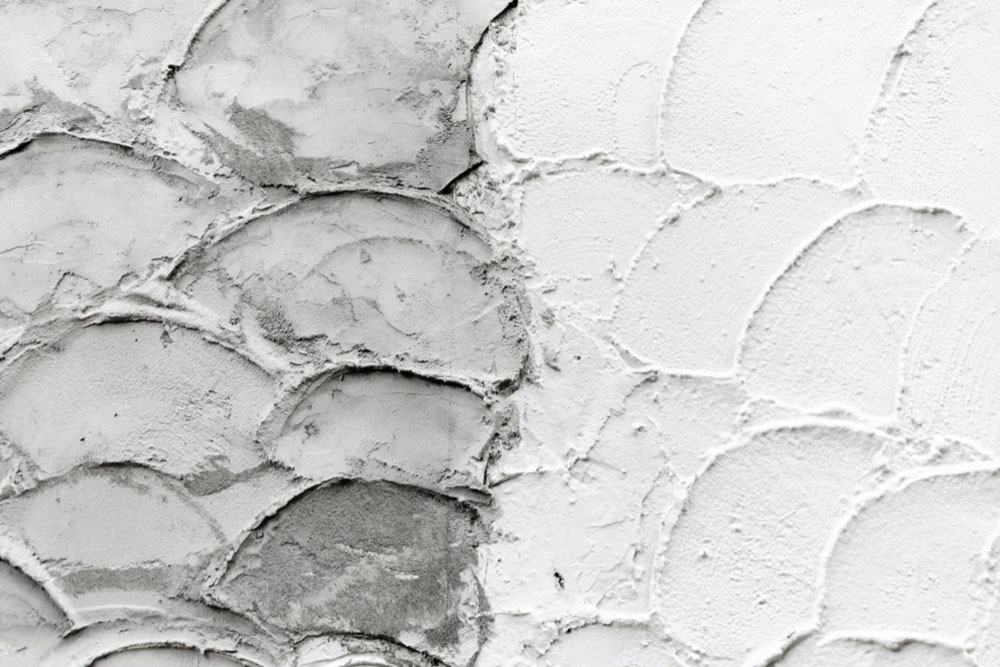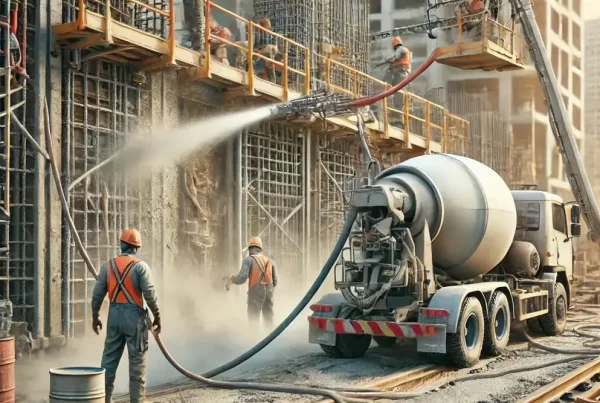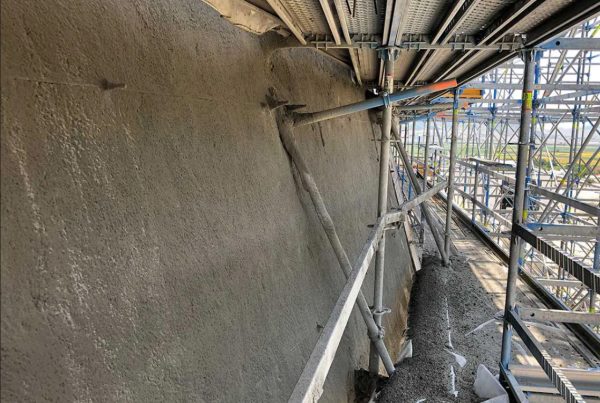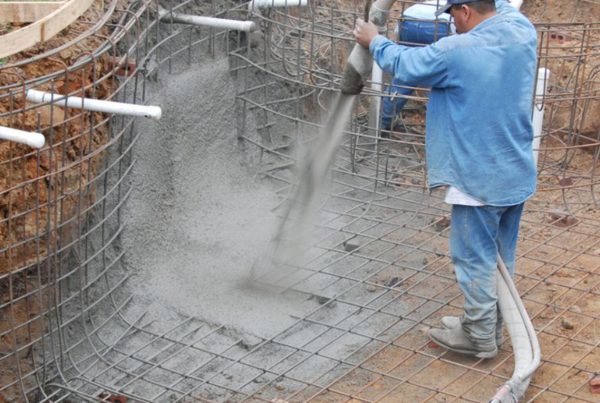Concrete is a fundamental material in construction, used for creating durable and strong structures. Over the years, advancements in concrete application techniques have introduced innovative methods, such as shotcrete, which offer unique benefits over traditional concrete. Shotcrete, also known as sprayed concrete, involves spraying the concrete mixture onto a surface at high velocity, making it a preferred choice for certain projects. In regions like Congo, where infrastructure development is rapidly growing, understanding the differences between shotcrete and traditional concrete is crucial for selecting the right method for various applications. This article compares the two techniques, examining their advantages, limitations, and best use cases.
1. What is Shotcrete?
Shotcrete is a method of applying concrete using a hose and nozzle, allowing it to be sprayed directly onto a surface. It can be applied as either a dry mix or wet mix, depending on the project requirements. Shotcrete is commonly used in projects requiring intricate shapes, vertical or overhead applications, and rapid installation.
Advantages of Shotcrete:
- Flexibility: Ideal for irregular surfaces and complex geometries.
- Speed: Faster application compared to traditional methods.
- Strong Bonding: Provides excellent adhesion to various surfaces.
2. What is Traditional Concrete?
Traditional concrete involves mixing cement, aggregates, and water to create a fluid mixture that is poured into molds or formworks. It is then allowed to cure and harden, making it suitable for constructing large, flat surfaces such as slabs, foundations, and walls.
Advantages of Traditional Concrete:
- Uniformity: Provides a consistent finish for large-scale projects.
- Cost-Effectiveness: Generally less expensive than shotcrete for standard applications.
- Versatility: Suitable for a wide range of construction projects.
3. Key Comparisons
3.1 Application Method
Shotcrete is sprayed onto surfaces, making it ideal for vertical and overhead applications such as tunnels and retaining walls. Traditional concrete is poured into formwork, making it more suitable for flat surfaces and simple geometries.
3.2 Strength and Durability
Both shotcrete and traditional concrete offer excellent strength and durability. However, shotcrete’s high-velocity application often results in better compaction and bonding, which can enhance structural integrity, especially in projects like Congo’s growing urban infrastructure.
3.3 Cost
Traditional concrete is generally more cost-effective for large-scale projects due to its simpler application process. Shotcrete, while slightly more expensive, can save time and labor costs in complex or challenging projects.
3.4 Environmental Considerations
Shotcrete often generates less waste during application, making it a more sustainable option in certain scenarios. In Congo, where environmental conservation is a priority, shotcrete can align with green construction goals.
4. Best Use Cases
The choice between shotcrete and traditional concrete depends on the project’s specific needs:
- Shotcrete: Tunnels, retaining walls, swimming pools, and sculptural structures.
- Traditional Concrete: Slabs, foundations, large walls, and roads.
5. The Role of Shotcrete and Traditional Concrete in Congo
In Congo, where infrastructure development spans both urban and rural areas, both shotcrete and traditional concrete have vital roles. Shotcrete is particularly beneficial for constructing tunnels and retaining walls in urban projects, while traditional concrete remains indispensable for foundational and large-scale infrastructure like roads and bridges. The choice of method depends on project requirements, budget, and environmental considerations.
Conclusion
Shotcrete and traditional concrete are both indispensable techniques in modern construction, each offering distinct advantages for different applications. In regions like Congo, understanding the strengths and limitations of each method allows construction professionals to select the most effective solution for their projects. Whether prioritizing speed, cost, or environmental impact, both shotcrete and traditional concrete contribute significantly to advancing construction practices and meeting the demands of modern infrastructure development.






